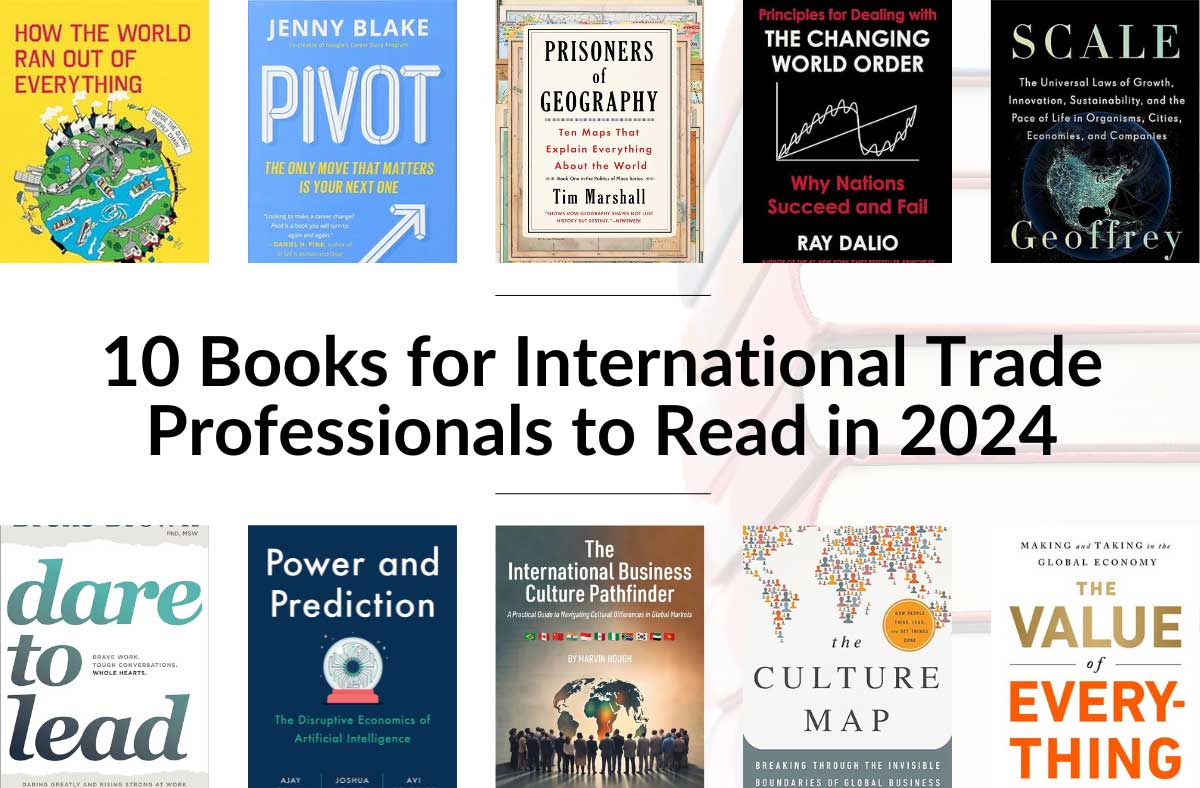
Based on sessions at the Warehousing Education and Research Council’s (WERC) Annual Conference, the South Africa Production and Inventory Control Society’s Annual Conference and the APICS International Conference and Symposium, the following observations are provided concerning the current gap in talent availability in the supply chain management field.
As supply chain management continues to morph in the 21st century, new technical skills are required.
Ten years ago no one had considered the concept of an omni-channel approach. Fifteen years ago most of us were still grappling with how to posture our supply chain to support online sales, and no one knew what “big data” even meant.
Lean, Lean Sigma, Six Sigma, sales and operations planning, Design for Six Sigma, and sustainability were all relatively new to the supply chain management world at the turn of the century.
Today these concepts, along with change management and data analytics, are common place in our businesses.
To complicate matters, since it is still a relatively new concept, there is no clear cut career path for new entrants in the supply chain management industry. It is encouraging that several recent CEO hires came from operations and supply chain backgrounds, but even that does not provide a clear path for new hires in supply chain management positions.
The soft-skill talent gap
What skill sets do the new SCM graduates need? One attendee at a session during one of the conferences last year made an observation that:
We seem to be hiring graduates with skill sets, but they can’t play together in the sand box because they are lacking the soft skills.
These soft skills include “problem solving, communications, analytical skills and the ability to work in a team environment.”
Soft skills were an area of discussion, primarily from the industry representatives. The common theme seems to be “we can teach the company-specific areas, but we need employees with people skills.”
Attendees from academia at several of the sessions conducted believed that the graduates from business schools are “being taught too much technical/textbook solutions and not enough real world situations and case study analysis.”
The concern was also stated by many in the industry that graduates (both graduate level and undergraduate level) often leave school without fully understanding inventory management, storage principles or how to optimize the storage and flow of a facility.
How can we solve this at the post-secondary level?
There has to be industry-academia collaboration and partnerships. We are all in this together to forge the future of supply chain management.
What about industry involvement in the education process? The University of Pretoria in South Africa uses site visits to BMW, Woolworth, UTi, Imperial Logistics and Caterpillar to help the students see supply chain and operations management in action to provide real-world lessons.
One solution presented was to use a “Graduate Program with Industry” to help fill the gaps between what students are learning in the classroom with what the students need to know to be successful in the company.
Another solution is to give students group assignments that allow them to work on a company-specific challenge area without having to share “sensitive information” with the students.
This allows the students to research a problem for the company, diagnose the problem and then provide the company with recommendations for solutions. This type of project allows the students to think outside of the classroom while gaining some real world experience in a “consultant” role and getting to know about a company’s operations first hand.
The consensus of the attendees seemed to be that somewhere in the education process, graduates need to acquire some basic people skills and leadership skills so they are prepared to work as group leaders immediately after completing the company orientation.
Understanding “the what” and “why” of industry compliance
College graduates with supply chain or logistics degrees “need to understand compliance.” The discussion following this comment included OSHA, EPA, and pharmaceutical compliance issues, as well as international shipping compliance issues.
“This has to go past simply hearing about it. It has to include ‘the what’ and ‘the why’ for industry compliance.”
Several companies stated that universities and colleges should make the effort to bring industry representatives and case studies into the classrooms to provide real-world context.
While this is done at many of the schools contacted, there is still a gap here that seems to be an easy one to fill to the benefit of industry and students. This process should be linked to the corporate and school recruiting programs.
Focused, hands-on internships
The major companies in the focus groups discussed their internship programs, as it relates to training and finding quality employees to help fill the talent shortfall. One suggestion was to link the internship and recruiting process to succession planning. One company talked about their task-based internship program that ends with an outbrief on intern’s project and produces about a 90% hiring rate for the interns.
Another company detailed one internship project where they had the interns prepare a training video on facility activities, safety and facility signage requirements for use in their orientation programs.
Another program assigns each intern to an advisor/mentor throughout the program in order to ensure that the intern learns as much as possible during the internship.
Building the partnership between industry and academia
In order for education programs to meet the needs of industry and assist in bridging and filling the talent gaps in supply chain management, there has to be a partnership between industry and academia.
This has to be a beneficial, two-way, win-win situation. Industry needs to meet regularly with the academic communities in their area to let academia know where current shortfalls are in graduates.
Industry needs to volunteer to come into the classrooms to discuss what they are doing and how students can prepare for careers in industry operations. Academia has to reach out to local industries to gather information and share research.
It is essential that there be an ongoing collaboration and partnership between academia and industry if we are going to bridge this talent gap issue and keep our companies competitive and thriving.
Supply chain management is about relationships – and this partnership is no different. It is the responsibility of all parties – academia and industry – to work together, forge alliances and build relationships in order to ensure that graduates are prepared to face the realities of 21st century supply chain management jobs. It is key to training the next generation of supply chain leaders, as the current leaders face retirement.
This talent gap can be bridged, but only through joint efforts of industry and academia. What are you waiting for? Reach out to help make our industry better for the future.







disqus comments